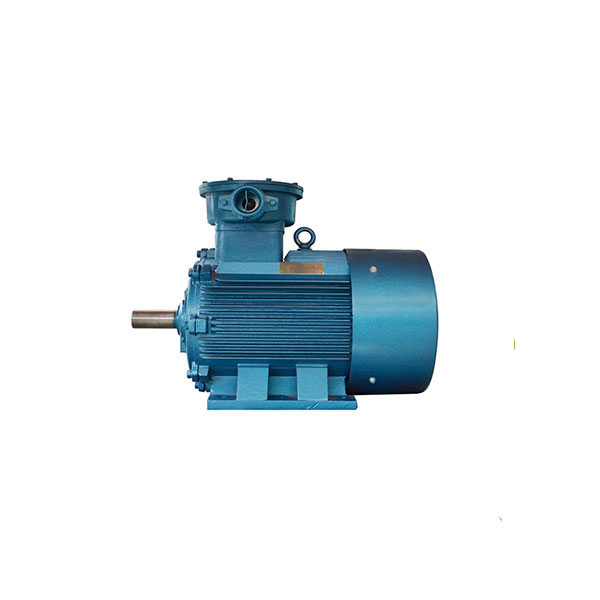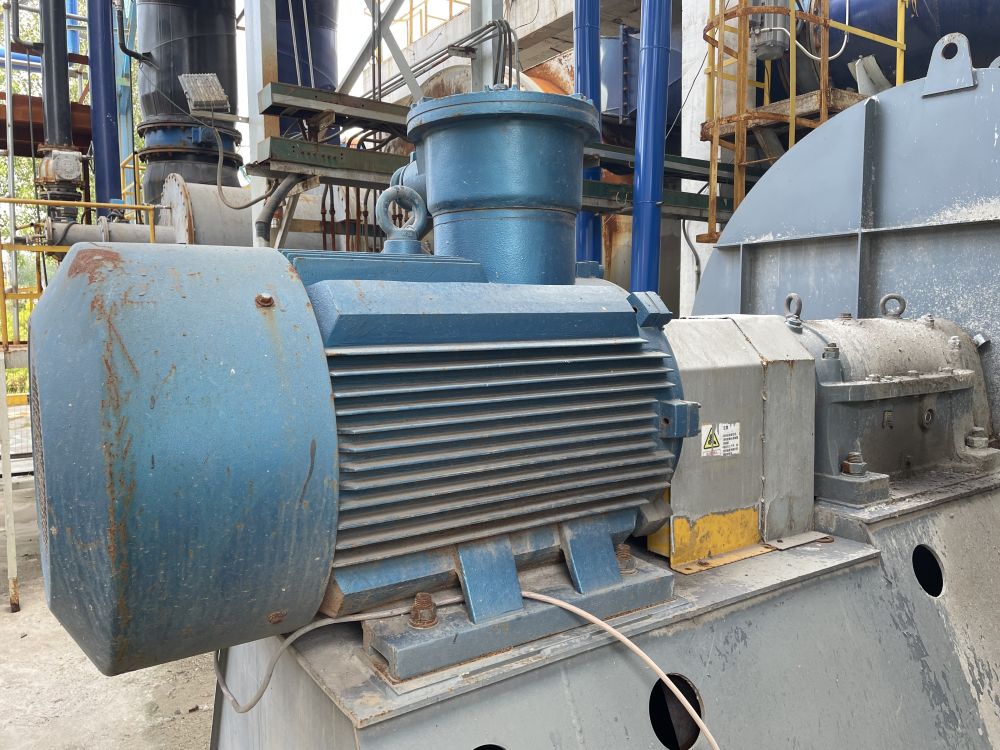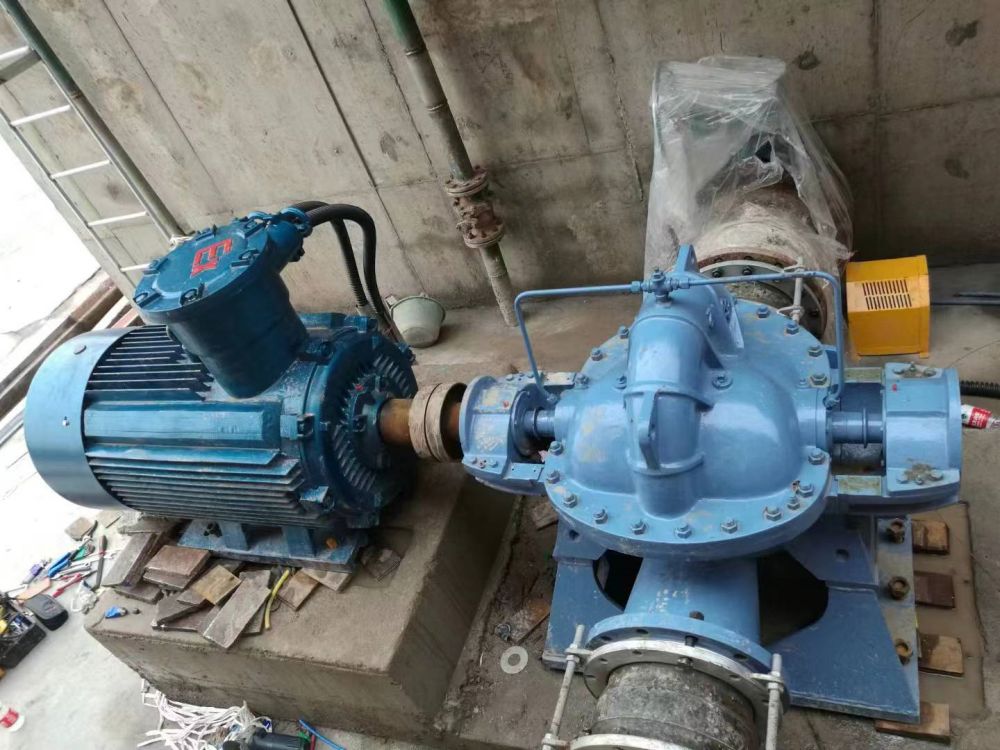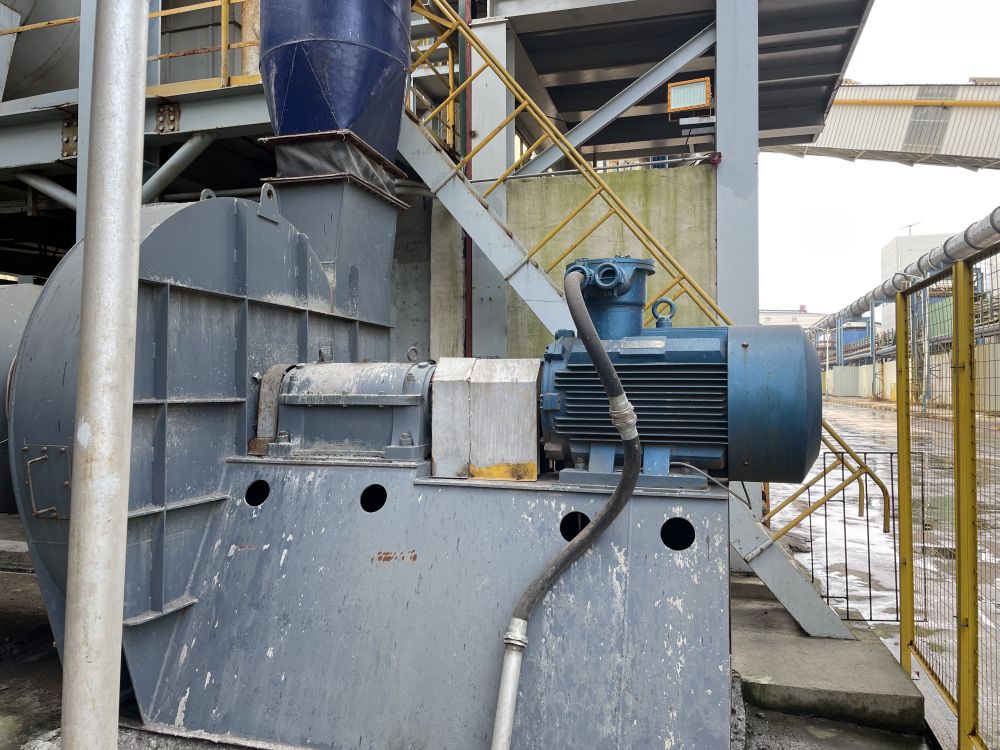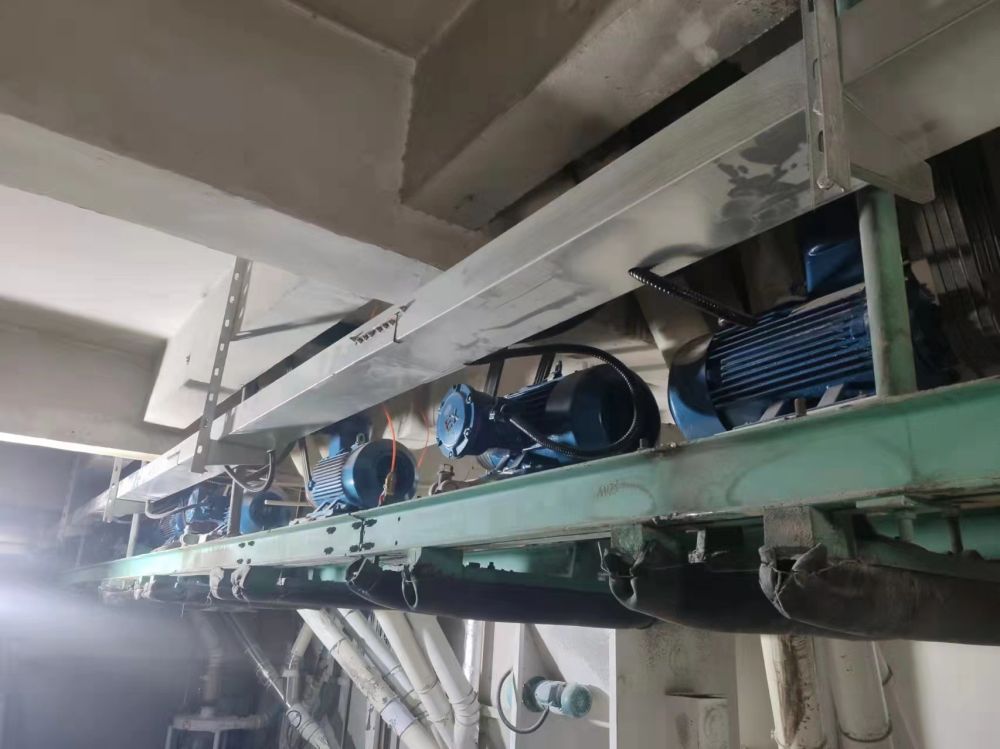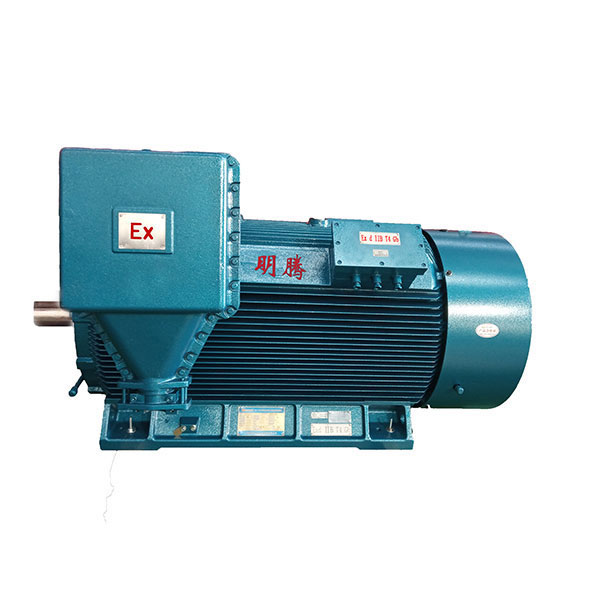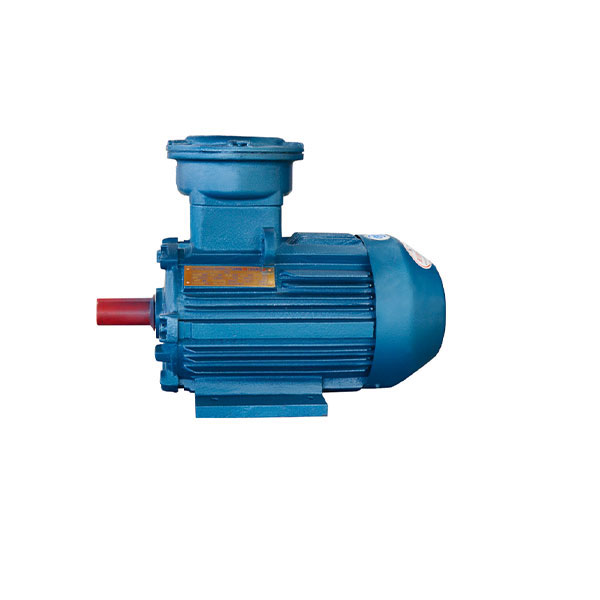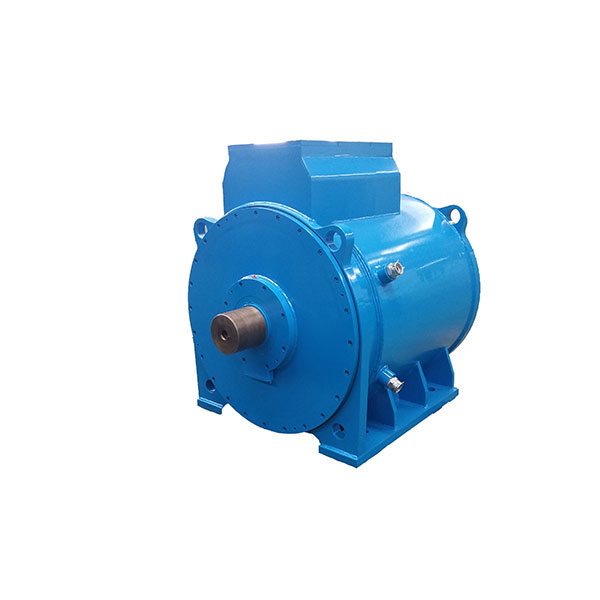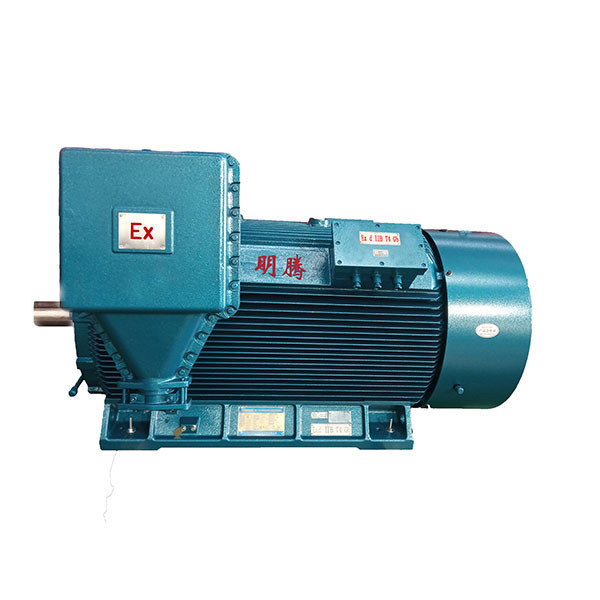IE5 380V TYBCX Explosion-proof Permanent Magnet Synchronous Motor
Product specification
| EX-mark | EX db IIB T4 Gb |
| Rated voltage | 380V,415V,460V... |
| Power range | 5.5-315kW |
| Speed | 500-3000rpm |
| Frequency | Industrial frequency |
| Phase | 3 |
| Poles | 2,4,6,8,10,12 |
| Frame range | 132-355 |
| Mounting | B3,B35,V1,V3..... |
| Isolation grade | H |
| Protection grade | IP55 |
| Working duty | S1 |
| Customized | Yes |
| Production cycle | 30days |
| Origin | China |
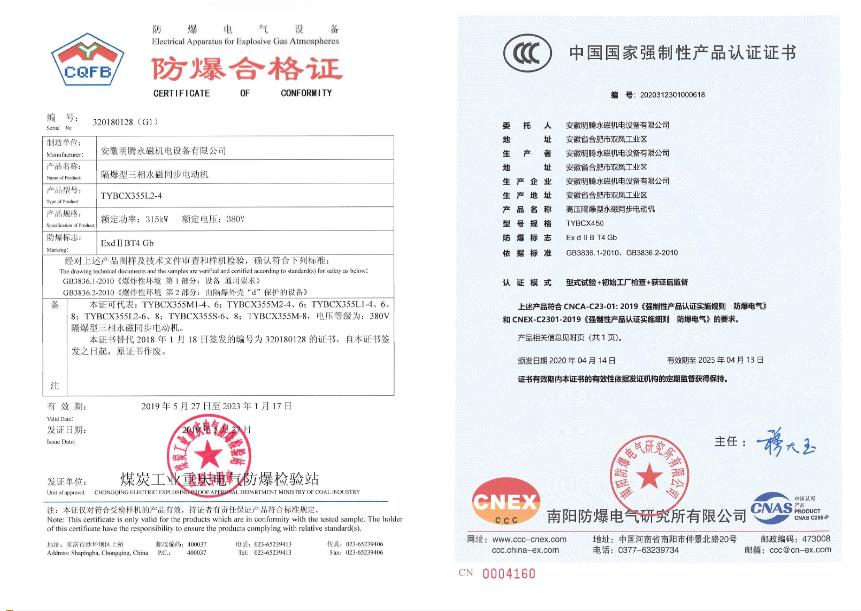
Product features
• High efficiency and power factor.
• Permanent magnets excitation, do not need excitation current.
• Synchronous operation, there is no speed pulsation.
• Can be designed into high starting torque and overload capacity.
• Low noise, temperature rise and vibration.
• Reliable operation.
• With a frequency inverter for variable speed applications.
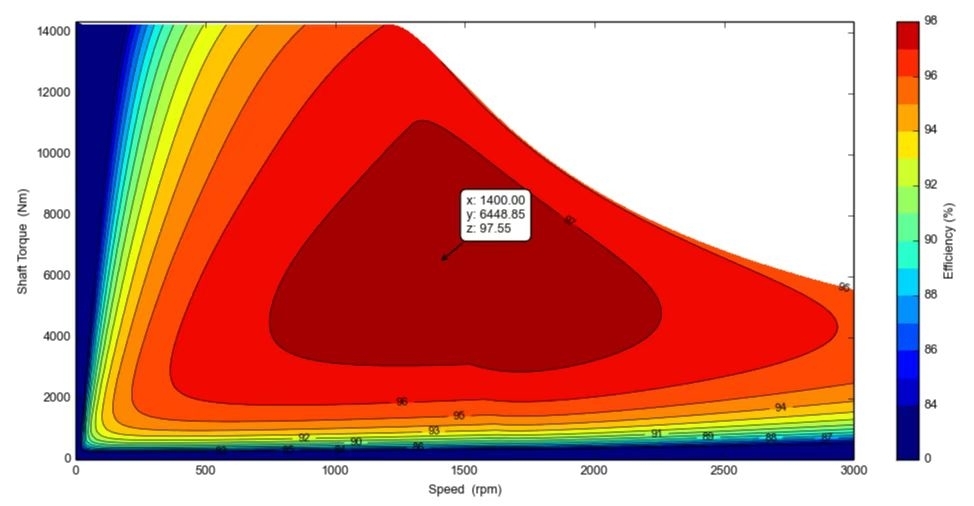
Permanent magnet motor efficiency map
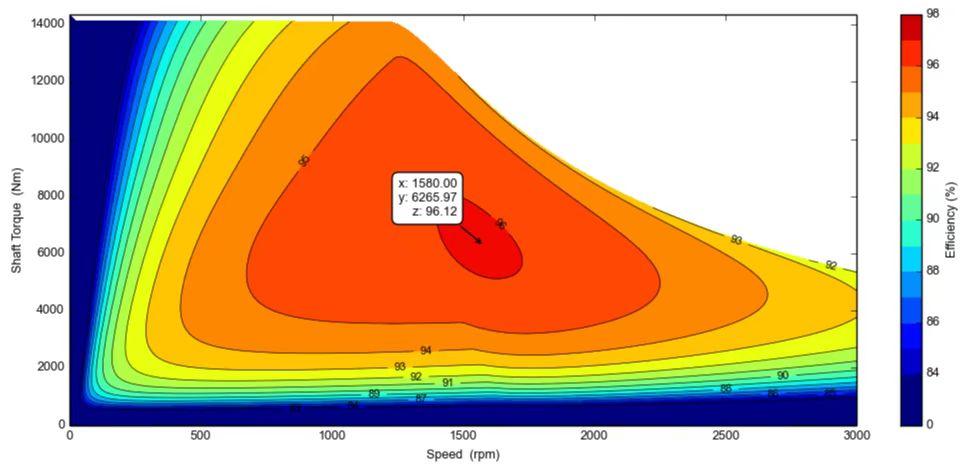
Asynchronous motor efficiency map
Product Application
What are the parameters of the motor?
Basic Parameters:
1.Rated parameters, including: voltage, frequency, power, current, speed, efficiency, power factor;
2.Connection: the connection of the stator winding of the motor; Insulation class, protection class, cooling method, ambient temperature, altitude, technical conditions, factory number.
Other parameters:
Technical conditions, dimensions, working duty and structure of the motor and mounting type designation.
What are the advantages and disadvantages of permanent magnet motors compared to reluctance motors?
Reluctance motor operation principle is the rotor reluctance staggered change, stator through the switch control current break pull rotor reluctance small part, in the circumference of the order of on and off, drive the rotor rotation.
In terms of application scenarios, reluctance motors and permanent magnet motors are still not the same. Compared with permanent magnet motors, reluctance motors have higher noise, higher heat generation and lower power density. Because the torque pulsation is large, so the vibration is also large, the speed is generally difficult to do high (small seat speed can be a little higher).
The cost of excitation motors is lower than that of permanent magnet motors due to the lack of cage bars and permanent magnets.

